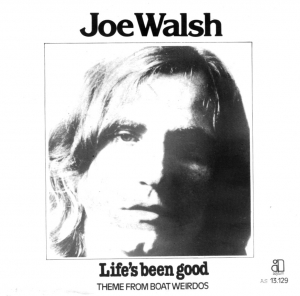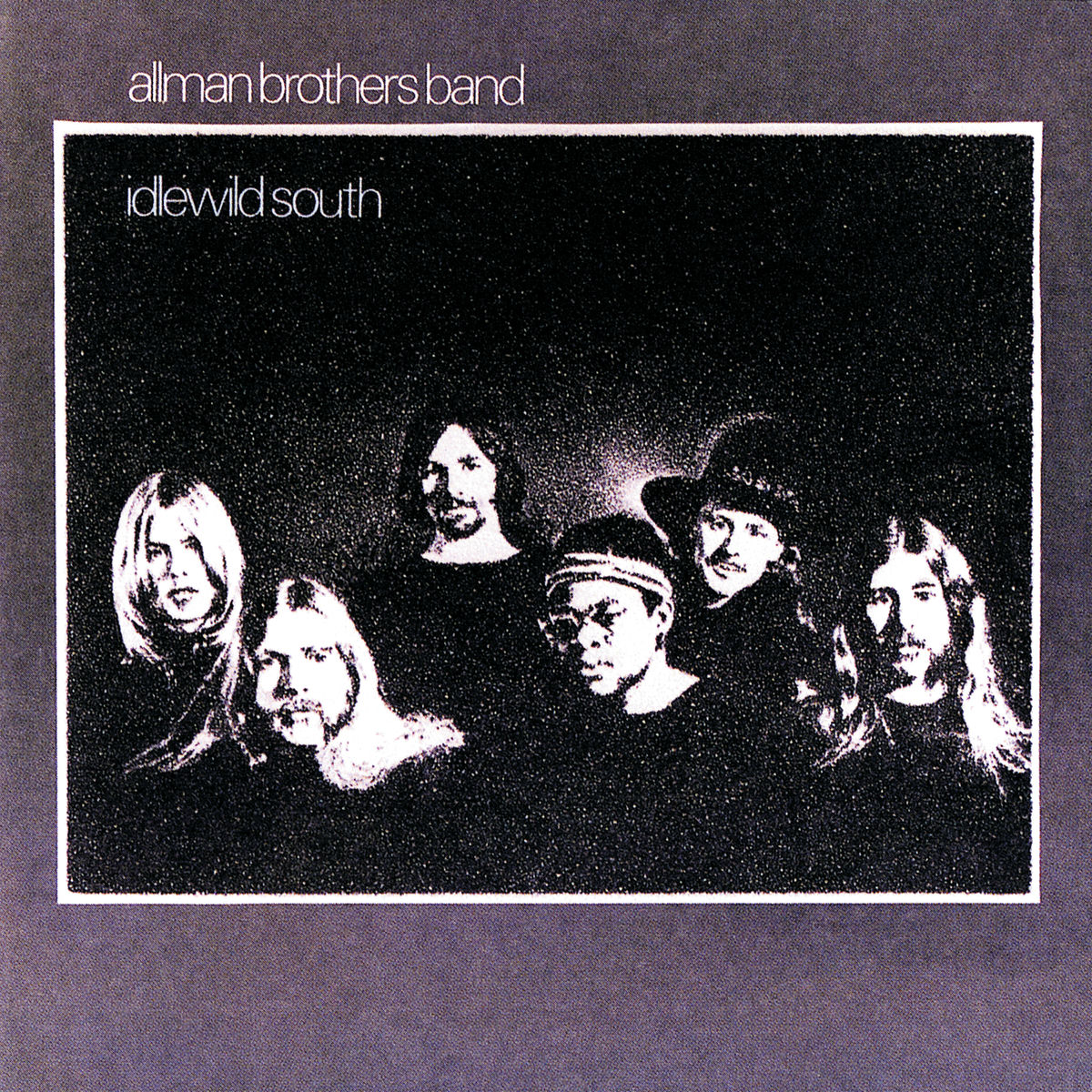 “Blue Eyes Crying in the Rain” by Willie Nelson is one of those rare songs that feels both timeless and deeply personal, a piece of music that lingers in the soul long after the last note fades away. Released in 1975 as part of Nelson’s landmark concept album Red Headed Stranger, the song is deceptively simple in structure but devastating in its emotional impact. It tells the story of love lost and remembered, with a sense of melancholy that resonates universally. While the song was not originally written by Nelson, his interpretation of it has become definitive, cementing his place in the pantheon of country music legends. This article explores the history, artistry, and enduring cultural impact of “Blue Eyes Crying in the Rain,” while also situating it within the broader scope of Willie Nelson’s career and the evolution of country music as a whole.
“Blue Eyes Crying in the Rain” by Willie Nelson is one of those rare songs that feels both timeless and deeply personal, a piece of music that lingers in the soul long after the last note fades away. Released in 1975 as part of Nelson’s landmark concept album Red Headed Stranger, the song is deceptively simple in structure but devastating in its emotional impact. It tells the story of love lost and remembered, with a sense of melancholy that resonates universally. While the song was not originally written by Nelson, his interpretation of it has become definitive, cementing his place in the pantheon of country music legends. This article explores the history, artistry, and enduring cultural impact of “Blue Eyes Crying in the Rain,” while also situating it within the broader scope of Willie Nelson’s career and the evolution of country music as a whole.
Willie Nelson’s life story plays an important role in understanding why this song resonates so powerfully. By the mid-1970s, Nelson had already experienced both triumphs and setbacks in the music industry. He had spent years in Nashville as a struggling songwriter, penning hits for other artists such as “Crazy” for Patsy Cline and “Night Life” for Ray Price, but his own recording career had not taken off in the way he hoped. Nashville producers often tried to force him into a polished sound that didn’t suit his natural phrasing or unique voice, and Nelson grew increasingly frustrated with the rigid formulas that defined the country mainstream of the time. Disillusioned, he returned to his home state of Texas, where he became a central figure in the burgeoning outlaw country movement, a scene that valued authenticity, independence, and a willingness to defy convention.
It was in this context that Nelson recorded Red Headed Stranger, an album that told a loose narrative of a preacher on the run after killing his wife and her lover. Sparse and stripped-down in its arrangements, the album was a radical departure from the slick, orchestrated country music dominating the charts. Many at Columbia Records were skeptical about releasing such an unconventional project, but Nelson insisted on staying true to his vision. “Blue Eyes Crying in the Rain,” tucked within the album’s stark storytelling, emerged as its emotional centerpiece. Written by Fred Rose in 1945 and first recorded by Roy Acuff, the song had been covered several times before Nelson took it on, but his interpretation gave it new life and new meaning.
Nelson’s rendition of “Blue Eyes Crying in the Rain” is remarkable for its simplicity. At just over two and a half minutes, the song consists of nothing more than Nelson’s plaintive voice accompanied by his own guitar playing and subtle backing instrumentation. There are no elaborate arrangements, no soaring strings or dramatic flourishes. Instead, Nelson allows the lyrics and his own emotional delivery to carry the weight of the song. The sparse production mirrors the loneliness and intimacy of the narrative, as if Nelson is sitting across from the listener, telling a story meant only for them. His phrasing, slightly behind the beat, gives the impression of someone reflecting deeply, weighed down by memory and regret.
The lyrics themselves are haunting in their brevity. They tell the tale of a final parting, of looking into the eyes of a loved one for the last time, with the rain serving as both a literal and symbolic backdrop to sorrow. “Blue eyes crying in the rain” becomes a metaphor for love lost to time and mortality, a reminder that even the deepest connections are ultimately fleeting. The song ends with a vision of reunion in the afterlife, offering a sliver of hope amid the grief. Nelson’s delivery makes this hope feel fragile but sincere, capturing the duality of despair and consolation that defines human relationships.
When “Blue Eyes Crying in the Rain” was released as a single, it became Nelson’s first No. 1 hit on the Billboard Hot Country Songs chart and helped propel Red Headed Stranger to commercial and critical success. The song introduced Nelson to a much wider audience, establishing him as not just a talented songwriter but also a master interpreter of other people’s material. Its success also marked a turning point in country music, as the outlaw movement began to gain momentum and reshape the industry. Suddenly, artists who had long been considered too unconventional for Nashville were finding mainstream acceptance, and Nelson was at the forefront of that cultural shift.
Part of what makes “Blue Eyes Crying in the Rain” endure is its universality. The song is not bound to a particular time or place; rather, it taps into emotions that nearly everyone has experienced in some form. Love and loss are among the most common themes in music, but rarely are they expressed with such economy and power. The rain motif, too, has a kind of archetypal resonance, symbolizing both sadness and cleansing, both endings and new beginnings. Listeners project their own experiences onto the song, making it a deeply personal soundtrack to their own memories and sorrows.
The impact of “Blue Eyes Crying in the Rain” extends far beyond its initial release. Over the years, it has been covered by countless artists across genres, from Elvis Presley to UB40, each bringing their own interpretation but never quite capturing the quiet poignancy of Nelson’s version. It has been used in films, television shows, and countless personal moments, becoming part of the cultural fabric. Nelson himself has performed it countless times over the decades, and each performance carries the weight of accumulated years, as if the song itself has aged and deepened along with him.
What’s fascinating is how the song also reshaped perceptions of Nelson himself. Prior to its release, he was often seen primarily as a songwriter and cult figure within Texas music circles, but “Blue Eyes Crying in the Rain” transformed him into a national icon. The song’s success gave him the artistic freedom to continue pursuing unconventional projects, from genre-blurring collaborations to political activism. In many ways, it became the foundation on which the rest of his career was built.
The minimalist beauty of the recording also anticipated shifts in popular music. At a time when production values were becoming increasingly elaborate, Nelson proved that less could be more, that intimacy could be more powerful than spectacle. This ethos has influenced generations of artists, from country and folk to indie and Americana, who see in Nelson’s work a model for authenticity and restraint.
It’s also worth considering the personal dimension of the song in Nelson’s life. Nelson has been married multiple times and has experienced his share of heartbreak, and while “Blue Eyes Crying in the Rain” was not written by him, it feels as though he lived it. His ability to inhabit the song so fully speaks to his gifts as a storyteller, blurring the line between art and autobiography. Fans often assume the song reflects Nelson’s own experiences, which only deepens its emotional impact.
Today, “Blue Eyes Crying in the Rain” stands not just as a classic country song but as one of the greatest American recordings of the 20th century. It is frequently cited in lists of the best country songs of all time, and it remains a staple of Nelson’s live performances. For many listeners, it is the first song that comes to mind when they think of Willie Nelson, and for others, it serves as an introduction to the broader world of classic country music.
The song also carries a symbolic weight in Nelson’s later years. As he has continued touring well into his eighties, his performances of “Blue Eyes Crying in the Rain” feel like meditations on mortality and memory, both for him and for his audience. It’s as if each time he sings it, he is acknowledging the inevitability of parting, while also affirming the power of love to endure beyond death. In this way, the song continues to evolve, taking on new layers of meaning as time passes.
Ultimately, the greatness of “Blue Eyes Crying in the Rain” lies in its ability to speak to the most profound aspects of the human condition in the simplest of terms. It is a reminder that music does not need to be complicated to be powerful, that a single voice and guitar can carry more weight than an entire orchestra if the emotion is genuine. Willie Nelson’s version captures something elemental and eternal, making it not just a classic song but a piece of art that transcends genre, era, and even the boundaries of life and death.
For those who encounter it for the first time, it is often a revelation. For those who have lived with it for decades, it is a faithful companion, always ready to provide comfort or catharsis. And for Willie Nelson, it has been both a milestone and a lifelong touchstone, a song that crystallized his artistic identity and helped him carve out a unique place in American music.
“Blue Eyes Crying in the Rain” remains, at its heart, a story of love, loss, and longing, but also of endurance and transcendence. It is a song that has outlived the moment of its creation and will likely continue to resonate for generations to come, as long as there are listeners who know what it feels like to look into someone’s eyes for the last time and carry that memory with them through the rain.


